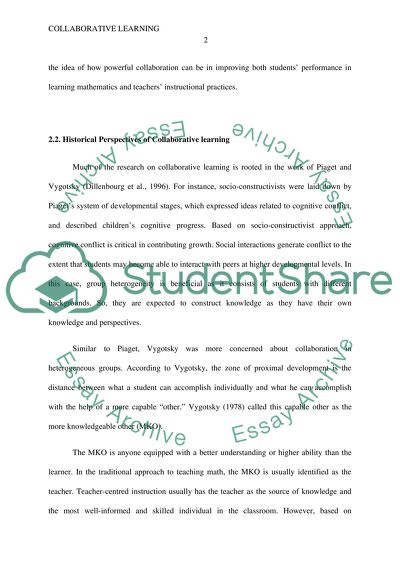Cite this document
(“Chapter 2 : literature review Essay Example | Topics and Well Written Essays - 3000 words”, n.d.)
Retrieved from https://studentshare.org/education/1398651-chapter
Retrieved from https://studentshare.org/education/1398651-chapter
(Chapter 2 : Literature Review Essay Example | Topics and Well Written Essays - 3000 Words)
https://studentshare.org/education/1398651-chapter.
https://studentshare.org/education/1398651-chapter.
“Chapter 2 : Literature Review Essay Example | Topics and Well Written Essays - 3000 Words”, n.d. https://studentshare.org/education/1398651-chapter.


